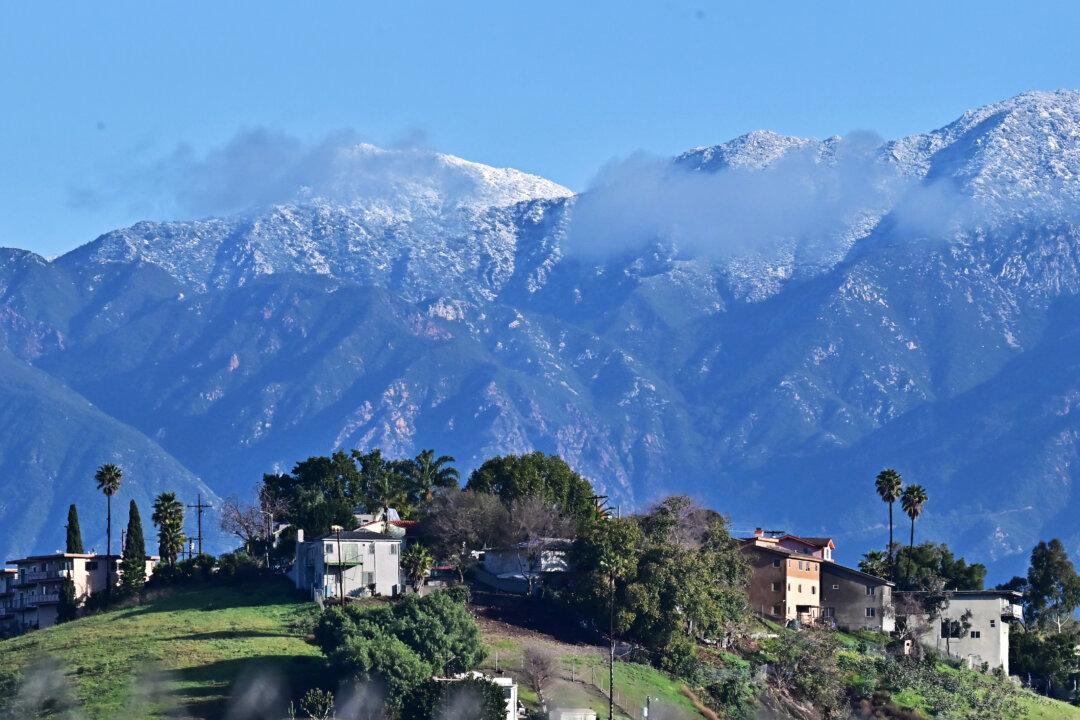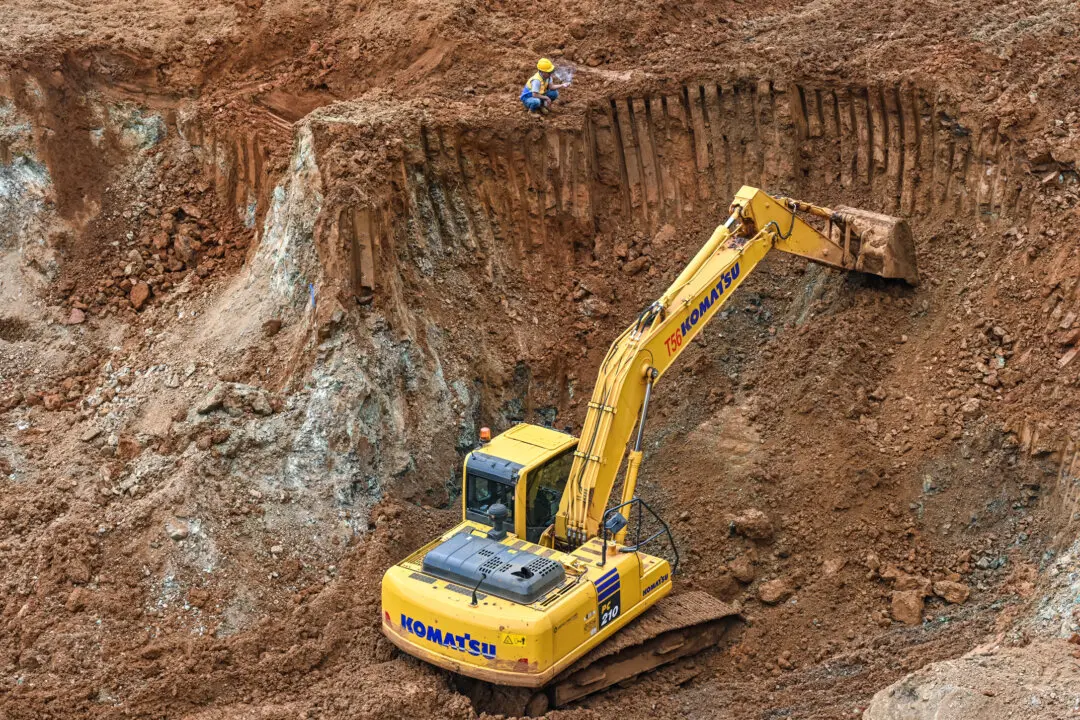President Joe Biden signed a proclamation May 2 approving the expansion of two national monuments in California—the San Gabriel Mountains National Monument and the Berryessa Snow Mountain National Monument.
Using the Antiquities Act of 1906, Mr. Biden created new boundaries for the monuments and added land to preserve wildlife, biodiversity, and sites significant to Native American culture.





